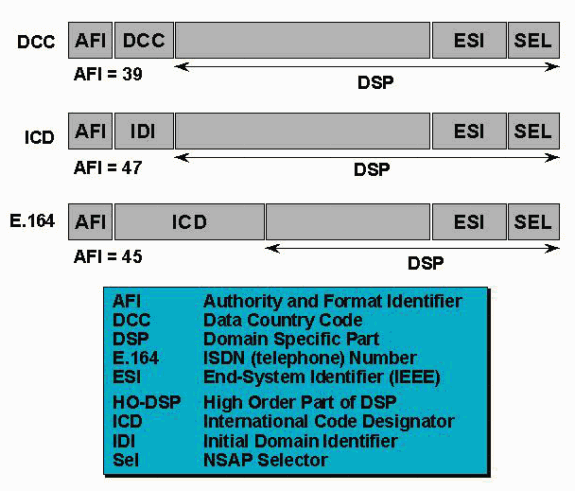

For each network interface in your device, there is a unique MAC address associated with it. Can a device have more than one MAC address? The MAC address is a 12 digit hexadecimal number that is most often displayed with a colon or hypen separating every two digits (an octet), making it easier to read.Įxample: A MAC address of 2c549188c9e3 is typically displayed as 2C:54:91:88:C9:E3 or 2c-54-91-88-c9-e3. The NIC is where you make your physical connection to the network, by plugging in an Ethernet cable or connecting to a WiFi signal. The MAC address is tied to the Network Interface Controller (NIC), a subcomponent of the larger device. Just like each house has it's own postal address, every device connected on a network has a Media Access Control (MAC) address, that uniquely identifies it. If set to 1, it indicates that the address is locally administered.This is a MAC Address What's a MAC Address and how do I find it? If set to 0, it indicates a universally administered address. It can be set to 1 in an address allocated by the vendor to indicate that the address is a group address. If set to 0, it indicates an individual address.

The first (leftmost) bit in the binary representation is the I/G Address Bit. The I/G is set to 1 for broadcast and multicast MAC addresses. If the I/G bit is set to 1, it indicates that the address is a group address. If the I/G is set to 0, it indicates an individual MAC address. This bit is the Individual/Group (I/G) Address Bit. For Ethernet networks, the LSB of the first octet is transmitted first. The difference is in the transmission order of the bits of each octet. The octet AC is transmitted from left to right as 00110101, the second octet (10) is transmitted from left to right as 000010000, and so on.įor both Ethernet and Token Ring networks, the order of each octet is transmitted the same: from Most Significant Octet to Least Significant Octet. This canonical transmission is also known as LSB first. The difference is that for each octet, the LSB is transmitted first and the MSB is transmitted last. This noncanonical transmission is also known as MSB first.įor Ethernet networks, each octet of the previous MAC address is transmitted from left to right, but LSB to MSB. For example, ac-10-7b-3a-92-3c is converted normally to binary as the following:ġ0101100 00010000 01101011 00111010 01010010 00111100įor Token Ring networks, each octet of this MAC address is transmitted from left to right, from the most significant bit (MSB) to the least significant bit (LSB). When converting hexadecimal MAC addresses to binary, each hexadecimal number is represented in its 4-bit binary equivalent. The last three octets are administered by the manufacturer and assigned in sequence. The first three bytes of a MAC address form the Organizational Unique Identifier (OUI), which identifies the manufacturer/vendor. Input queue: 1/75/0/0 (size/max/drops/flushes) Total output drops: 0 Queueing strategy: fifo Output queue :0/40 (size/max)ĥ minute input rate 1000 bits/sec, 2 packets/sec 5 minute output rate 1000 bits/sec, 2 packets/secġ999164 packets input, 379657585 bytes, 0 no buffer Received 1785091 broadcasts, 0 runts, 0 giants, 0 throttles 1 input errors, 0 CRC, 0 frame, 0 overrun, 1 ignored 0 input packets with dribble condition detected 745208 packets output, 82211652 bytes, 0 underruns 0 output errors, 63 collisions, 16 interface resets 0 babbles, 0 late collision, 345 deferred 0 lost carrier, 0 no carrierĠ output buffer failures, 0 output buffers swapped out Last input 00:00:00, output 00:00:00, output hang never Last clearing of "show interface" counters never MTU 1500 bytes, BW 10000 Kbit, DLY 1000 usec, reliability 255/255, txload 1/255, rxload 1/255 Encapsulation ARPA, loopback not set Keepalive set (10 sec) ARP type: ARPA, ARP Timeout 04:00:00 The router output in Example 4-1 shows the MAC address (00-10-7b-3a-92-3c) of an Ethernet interface.Įxample 4-1 Router Interface MAC Address router> show interface The MAC address is 48 bits in length (6 octets) and is represented in hexadecimal. It is an implementation of Layer 2 of the OSI reference model-or more specifically, the MAC layer of the IEEE model to identify the station. This is the MAC address, which is also called the physical address. Ethernet or Token Ring router interfaces and all device network interface cards (NICs) are identified with a unique burned-in address (BIA).


 0 kommentar(er)
0 kommentar(er)
